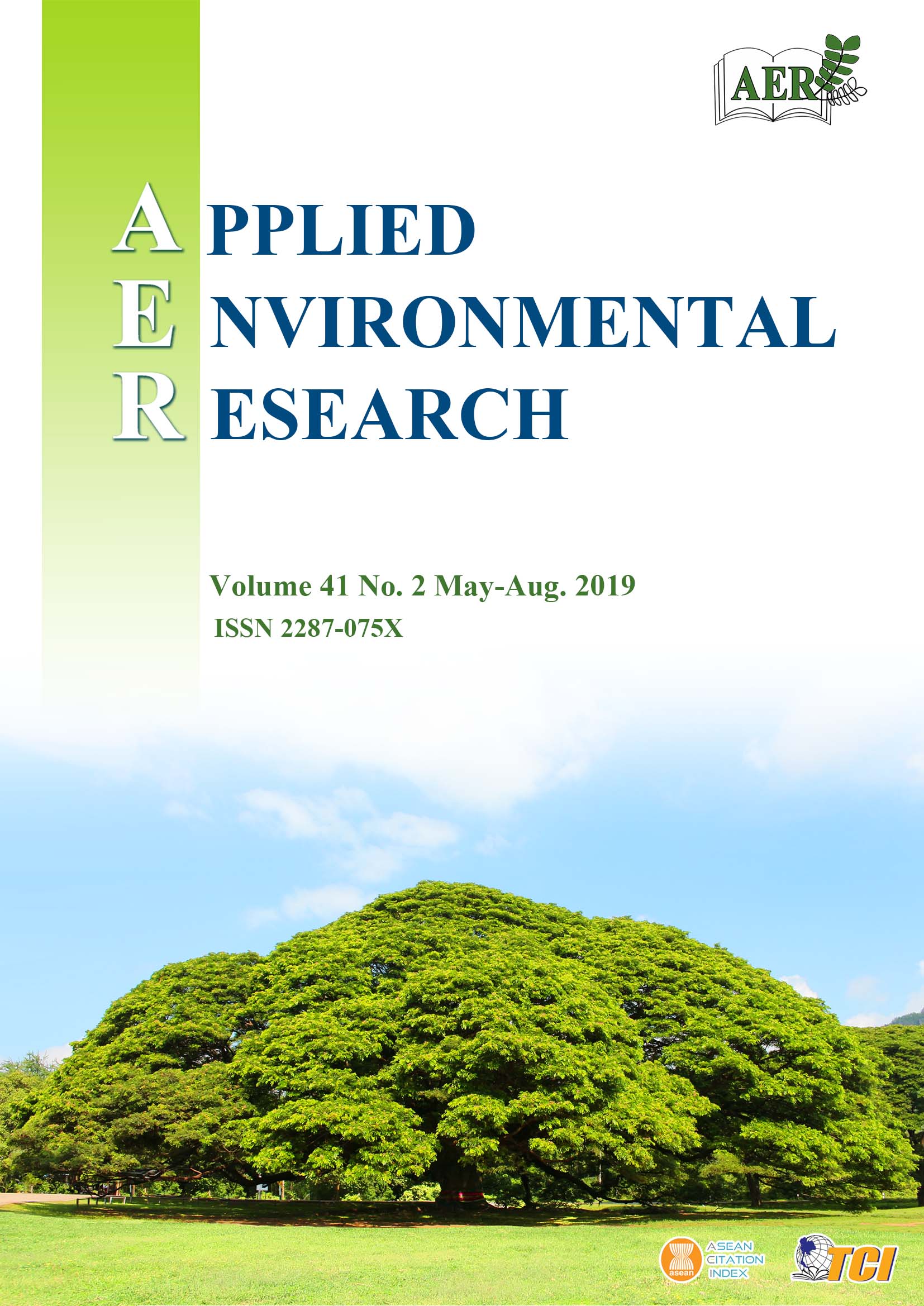Applying the New Theory to Assessment Criteria of Agricultural Water Management Schemes for Sustainable Rain-fed Agriculture in Thailand
Main Article Content
Abstract
This paper describes the selection of assessment criteria to assess agricultural water management schemes for on-farm ponds to support sustainable rain-fed agriculture, guided by the New Theory of His Majesty King Bhumibol Adulyadej. The candidate set of criteria was obtained from several international and national sources related to sustainable rain-fed agriculture and the New Theory. The criteria were reviewed and modified by the expert team based on the goals of the New Theory in order to define an initial site-specific set of criteria that conform with the context of socio-topographical conditions of Thailand. The team screened, assessed, and prioritized the criteria using three multiple criteria decision-making (MCDM) techniques- ranking, rating and pairwise comparisons- in order to attain the final locality set of the assessment criteria. The process resulted in selection of a set of three criteria, with 15 sub-criteria. This final locality set of criteria was used to conduct a sustainability assessment of agricultural water management schemes of on-farm ponds. Criterion 1 (The pursuit of self-reliant agriculture based on limited agricultural land and water resources) was given the highest weighting, followed by Criterion 3 (The pursuit of sustainable rain-fed agriculture) and Criterion 2 (Self-sufficiency of household daily consumption and income generation). At the sub-criterion level, sub-criterion 1.1 (Land use efficiency) and sub-criterion 1.5 (Water use efficiency) of Criterion 1; sub-criterion 2.1 (Food self-sufficiency) of Criterion 2; and sub-criterion 3.1 (Mixed farming) of Criterion 3 were given the highest weightings. Further research is needed to examine the applicability and reliability of the assessment criteria in field situations.
Article Details

This work is licensed under a Creative Commons Attribution-NonCommercial 4.0 International License.
Published articles are under the copyright of the Applied Environmental Research effective when the article is accepted for publication thus granting Applied Environmental Research all rights for the work so that both parties may be protected from the consequences of unauthorized use. Partially or totally publication of an article elsewhere is possible only after the consent from the editors.

